Discover the best hog hunting gear you need for a successful hunt. From rifles to clothing and accessories, learn what to pack for your next adventure.
Hog Hunting Gear – Introduction
Hog hunting is not just a sport; it’s a thrilling outdoor adventure that requires the right gear for success. Whether you’re a seasoned hunter or a beginner looking to try your hand at this challenging pursuit, having the right hog hunting gear is essential. In this comprehensive guide, we’ll walk you through the must-have equipment, gear essentials, and valuable tips to make your hog hunting experience a memorable one.
Understanding the Importance of Hog Hunting Gear
Hunting wild hogs is not like any other sport; it’s a unique challenge that demands specific tools and gear. Wild hogs are intelligent, elusive, and often found in dense, challenging terrain. To increase your chances of a successful hunt and ensure safety, you must be well-prepared with the right gear. Here’s a breakdown of the essential hog hunting gear categories:
1. Firearms
A crucial aspect of hog hunting is selecting the appropriate firearm. Wild hogs are known for their toughness and resilience, so you need a weapon that can deliver a powerful and accurate shot. Here are some options to consider:
- Rifles: Bolt-action rifles chambered in .223 Remington, .243 Winchester, .308 Winchester, or even larger calibers like the .30-06 Springfield are popular choices. These rifles provide the necessary stopping power and accuracy for taking down hogs at various distances.
- Shotguns: For close-range encounters, shotguns loaded with slugs or buckshot can be effective. However, shotguns are best suited for hunting in thick cover or baited areas.
- Pistols: Some hunters prefer handguns for their maneuverability and ease of carry. Calibers like .357 Magnum, .44 Magnum, or 10mm Auto can be effective for hog hunting at close to moderate ranges.
- Optics: Regardless of the firearm you choose, quality optics are a must. A good scope can make a significant difference in accuracy. Look for scopes with low-light capabilities as hogs are often most active during dawn and dusk.
2. Ammunition
Selecting the right ammunition is crucial for a successful hog hunt. Hollow-point or soft-point bullets are often recommended for their stopping power and controlled expansion upon impact. Make sure to choose ammunition appropriate for your chosen firearm and intended range.
3. Clothing and Footwear
Hog hunting often takes place in rugged, potentially wet, and muddy terrain. Your clothing and footwear should keep you comfortable and well-hidden. Here’s what you should consider:
- Camouflage: Opt for camo clothing that blends in with your hunting environment. Full-body camouflage suits, hats, and face masks can help you stay concealed.
- Insulation: Depending on the season, you may need insulation layers to stay warm. Consider moisture-wicking base layers, insulating mid-layers, and waterproof outerwear.
- Footwear: Durable, waterproof boots with good traction are essential for navigating uneven and often muddy terrain. Consider insulated boots for cold weather hunts.
- Gloves: Gloves not only protect your hands but also help reduce scent and noise.
4. Accessories
In addition to the basics, there are several accessories that can enhance your hog hunting experience:
- Calls: Hog calls for hunting or electronic callers can be used to attract hogs within range. Squealers and distressed piglet calls are particularly effective.
- Scent Control: Hogs have an acute sense of smell, so investing in scent control products is wise. This includes scent-free soaps, sprays, and scent-proof clothing bags.
- Hunting Pack: A good hunting backpack or fanny pack can keep your gear organized and easily accessible.
- Headlamp: Since hogs are often active during low-light hours, a headlamp with red or green LED lights is essential for tracking and field dressing.
5. Tracking and Field Dressing Tools
Once you’ve successfully taken down a hog, you’ll need tools for tracking, field dressing, and processing the meat. Here’s what you should have in your kit:
- Hunting Knife: A sharp, sturdy knife is essential for field dressing and skinning the hog.
- Game Bags: These are used to transport and store the meat while preventing flies and contaminants from reaching it.
- Tape Measure: Useful for measuring the size of the hog and recording your hunting successes.
- GPS: In unfamiliar territory, a GPS device can be a lifesaver for navigation and tracking.
6. Safety Gear
Safety should always be a top priority when hog hunting. Here are some safety essentials:
- Ear and Eye Protection: Protect your hearing and eyes from the loud report of firearms by wearing earplugs or earmuffs and safety glasses.
- First Aid Kit: Accidents can happen, so carry a basic first aid kit for treating minor injuries.
- Snake Boots or Gaiters: In some hog hunting regions, venomous snakes are a concern. Protect your lower legs with snake-resistant boots or gaiters.
7. Hunting Regulations and Permits
Before embarking on a hog hunting trip, it’s vital to research and adhere to the hunting regulations and permit requirements in your area. Bag limits, hunting seasons, and weapon restrictions can vary from one location to another. Ensure you have the necessary permits and understand the rules and regulations specific to your hunting area.
Hog Hunting Tips
Now that we’ve covered the essential gear, here are some valuable tips to improve your hog hunting success:
- Scout the Area: Before your hunting day, spend time scouting the area to identify hog signs such as tracks, wallows, and rooting areas. Knowing where hogs are active can significantly increase your chances of success.
- Practice Shooting: Familiarize yourself with your chosen firearm and ammunition through regular target practice. Accuracy is crucial when hunting hogs, as poorly placed shots can lead to wounded animals.
- Silence and Scent Control: Hogs have keen senses, so minimize noise and control your scent. Use scent-free soaps and sprays, and avoid using scented detergents on your hunting clothes.
- Patience is Key: Hogs can be cautious and may take their time approaching bait or calls. Be patient and wait for the right shot opportunity.
- Use Calls Wisely: Hog calls can be effective, but don’t overdo it. Use them sparingly and pay attention to how hogs respond.
- Hunt During Low-Light Hours: Hogs are often most active during dawn and dusk, so plan your hunts accordingly. A good headlamp with red or green LED lights can help you navigate in the dark.
- Stay Quiet: Move quietly and avoid unnecessary noise, as hogs can be easily spooked.
- Safety First: Always follow firearm safety rules and know your target and what lies beyond it before taking a shot.
- Field Dressing Skills: Proper field dressing is essential for preserving the meat. If you’re not experienced, consider taking a field dressing course or hunting with an experienced mentor.
Hog Hunting Gear – Overview
Hog hunting is a challenging and rewarding pursuit that requires the right gear and knowledge. By selecting the appropriate firearms, ammunition, clothing, and accessories, and by following the tips provided, you can increase your chances of a successful hog hunt. Remember to prioritize safety and adhere to hunting regulations in your area. With the right gear and preparation, you’ll be well-equipped to embark on memorable hog hunting adventures.
Ready to gear up for your next hog hunting expedition? Browse Amazons selection of high-quality hog hunting gear and accessories to ensure a successful and enjoyable hunt. Don’t miss out on the ultimate hunting experience – start shopping today!
FAQs: Hog Hunting Gear
In this FAQ section, we address some common questions about hog hunting gear to provide you with further insights into this exciting outdoor activity.
The choice of caliber for your hog hunting rifle depends on various factors, including your shooting preferences and the size of the hogs you’re targeting. Popular calibers for hog hunting include .223 Remington, .243 Winchester, .308 Winchester, and .30-06 Springfield. These calibers offer a good balance of power and accuracy for taking down hogs at different ranges. Ultimately, the best caliber for you will depend on your shooting skills and comfort with the firearm.
While a specialized hog hunting knife isn’t mandatory, having a sturdy and sharp knife designed for field dressing and skinning can make the process more efficient. Look for a knife with a fixed blade and a drop-point or skinning blade shape, as these are well-suited for field dressing tasks. It’s important to keep your knife sharp, as this makes the job easier and safer.
Yes, hog hunting with a bow and arrow is a popular and challenging way to pursue wild hogs. However, it requires advanced archery skills and specialized broadheads designed for big game hunting. Ensure you’re well-versed in archery techniques, practice regularly, and familiarize yourself with your bow’s effective range. It’s also essential to take ethical shots to ensure a humane harvest.
When selecting clothing for hog hunting, prioritize comfort, camouflage, and protection from the elements. Opt for camouflage patterns that match your hunting environment. Layering is crucial, as it allows you to adjust your clothing to the weather conditions. Moisture-wicking base layers, insulating mid-layers, and waterproof outerwear are often necessary. Additionally, consider investing in scent-free clothing and gloves to reduce your scent profile.
Yes, there are several electronic gadgets that can enhance your hog hunting experience. Electronic hog calls are highly effective for attracting hogs within range. Night vision and thermal imaging scopes can be invaluable for hunting in low-light conditions. GPS devices are useful for navigation and marking important locations. However, it’s essential to check local regulations regarding the use of electronic devices during hunting.
Safety should always be a top priority when hog hunting. Here are some safety tips:
1. Always treat firearms as if they are loaded, and keep the muzzle pointed in a safe direction.
2. Wear ear and eye protection to safeguard against the loud report of firearms.
3. Be aware of your surroundings and never shoot without a clear and safe backstop.
4. Communicate with fellow hunters to prevent accidental shots.
5. Follow all local hunting regulations and permit requirements.
6. Carry a first aid kit for treating minor injuries.
7. In areas with venomous snakes, wear snake-resistant boots or gaiters.
Yes, wild hog meat is edible and can be delicious when prepared properly. However, it’s essential to handle the meat with care and follow food safety guidelines. Field dress and process the hog as soon as possible after the harvest to prevent spoilage. Proper cooking is also crucial to eliminate potential parasites and bacteria. Many hunters enjoy wild hog meat, which is lean and has a distinct flavor.
Hog hunting regulations and permit requirements vary by location. In some areas, hogs are considered invasive pests, and there may be no closed season or bag limits. In other regions, specific permits or licenses may be required. It’s crucial to research and comply with the hunting regulations in your area, as they can change from year to year.
To find hog hunting opportunities, consider the following:
1. Contact local hunting outfitters and guides who specialize in hog hunting.
2. Check with state wildlife agencies for public land hunting opportunities and regulations.
3. Network with fellow hunters and join online hunting forums or social media groups where you can 4. learn about hog hunting opportunities.
5. Explore private land access options by contacting landowners and obtaining permission to hunt hogs on their property.
Hog hunting opportunities can vary widely depending on your location, so be sure to do your research and plan accordingly.
Hog hunting can be pursued year-round in many areas, as hogs are not subject to strict seasonal patterns. However, some hunters prefer cooler months as hogs are more active during lower temperatures. Additionally, hunting during the early morning or late evening (dawn and dusk) is often more productive, as hogs tend to be most active during these times.
Hog hunting is a thrilling and challenging pursuit that requires careful preparation and the right gear. By understanding the essentials of hog hunting gear, adhering to safety guidelines, and following hunting regulations, you can embark on successful hog hunting adventures. If you have more questions or need further information about hog hunting gear or techniques, don’t hesitate to reach out to experienced hunters or hunting organizations in your area. Happy hunting!
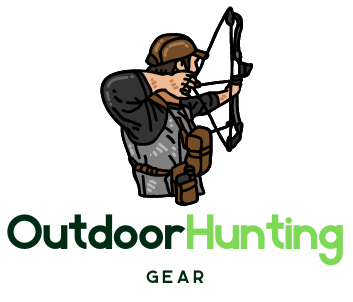





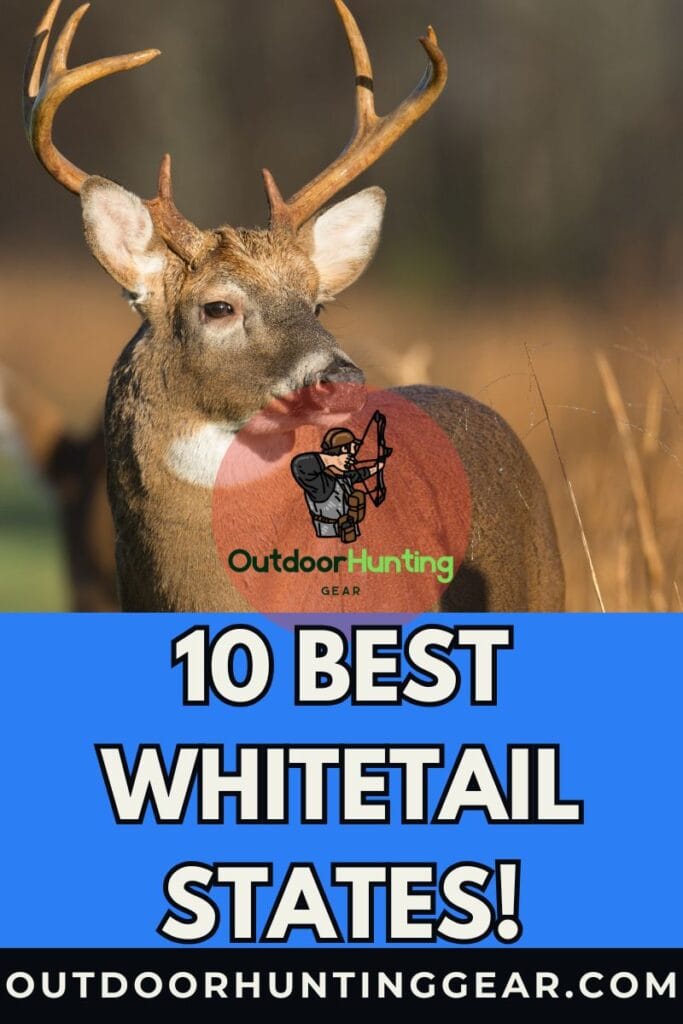
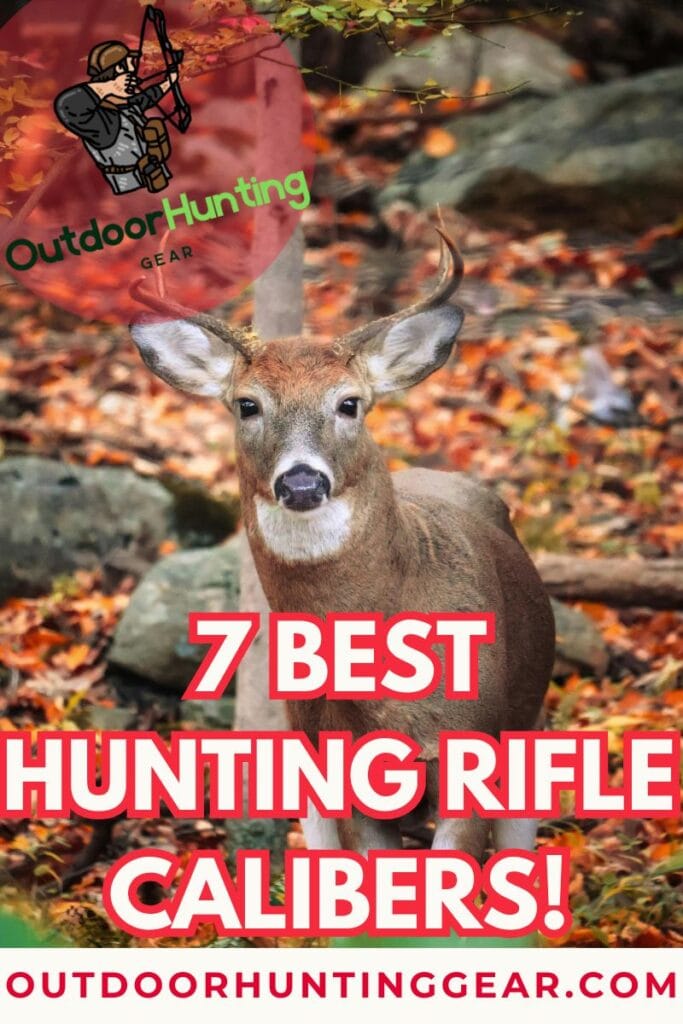
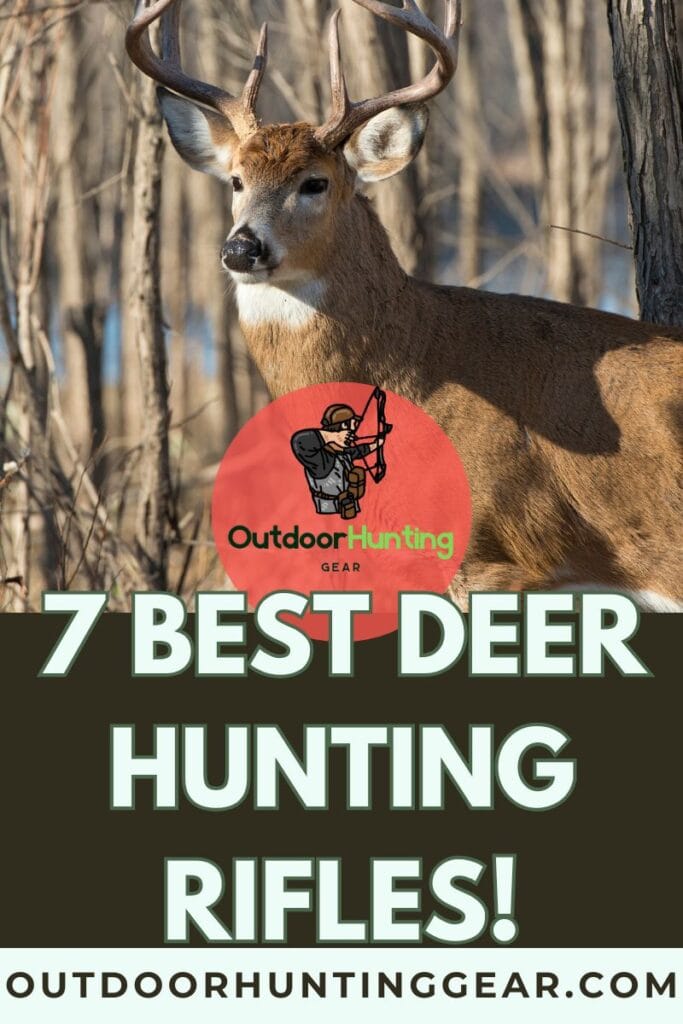
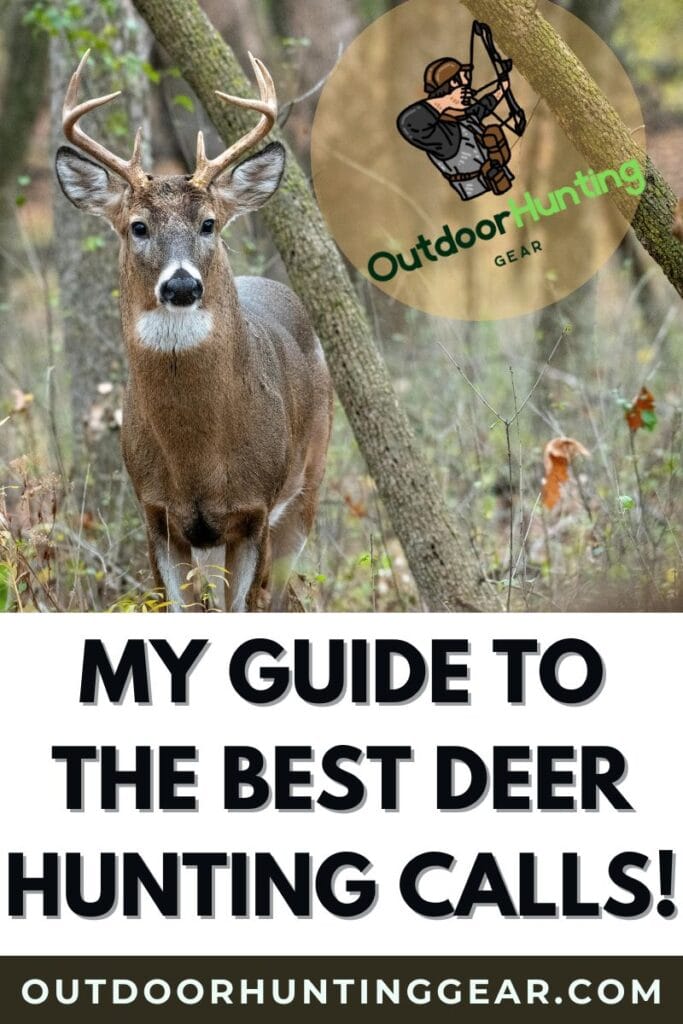

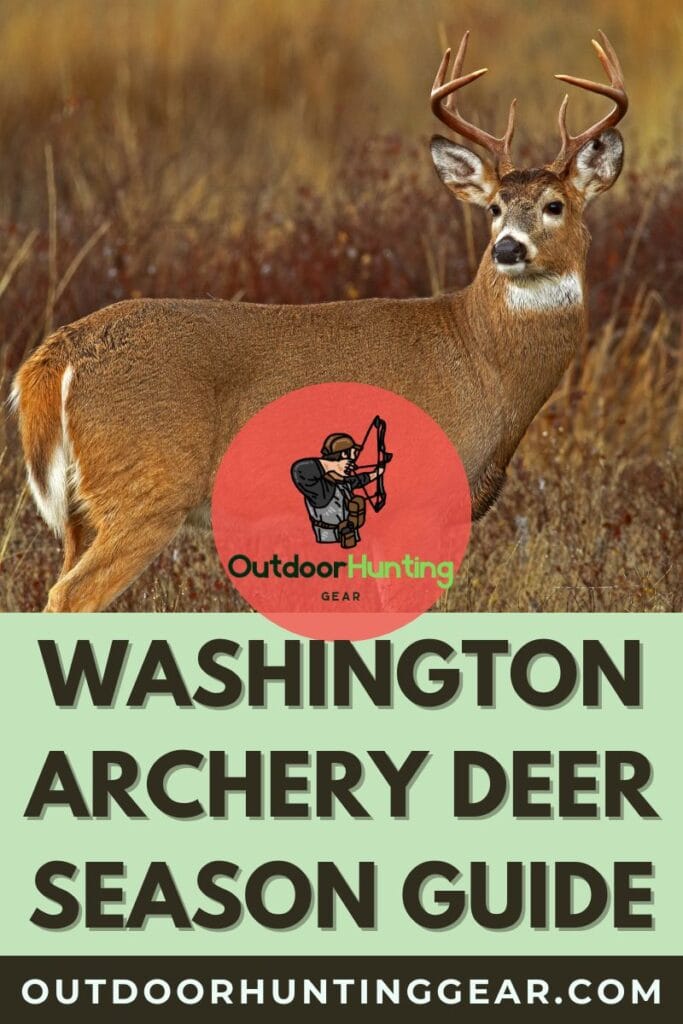
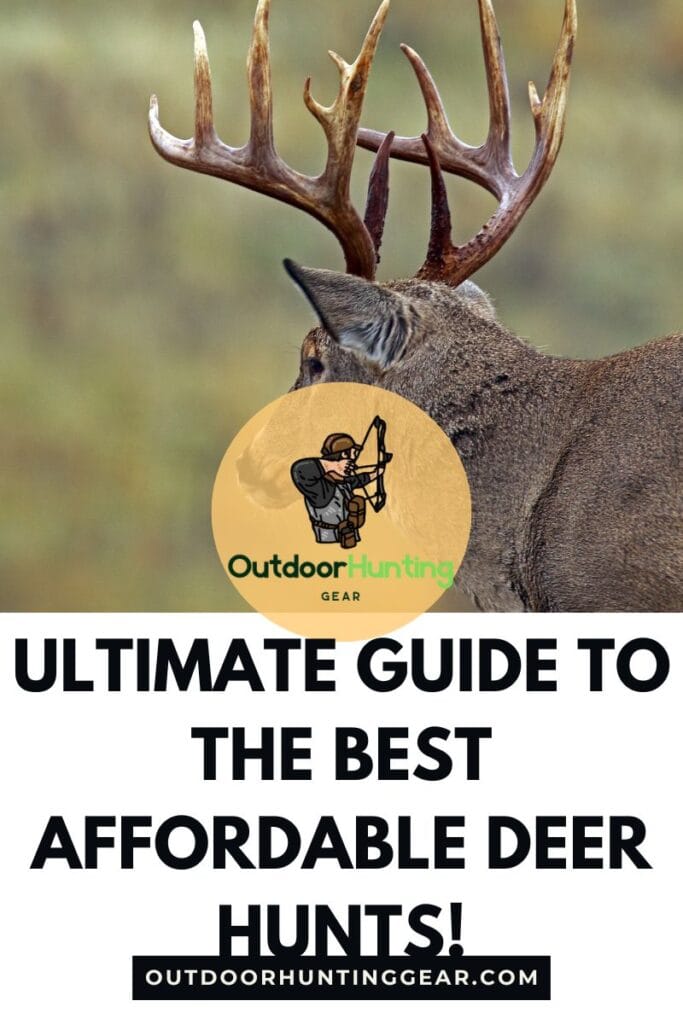
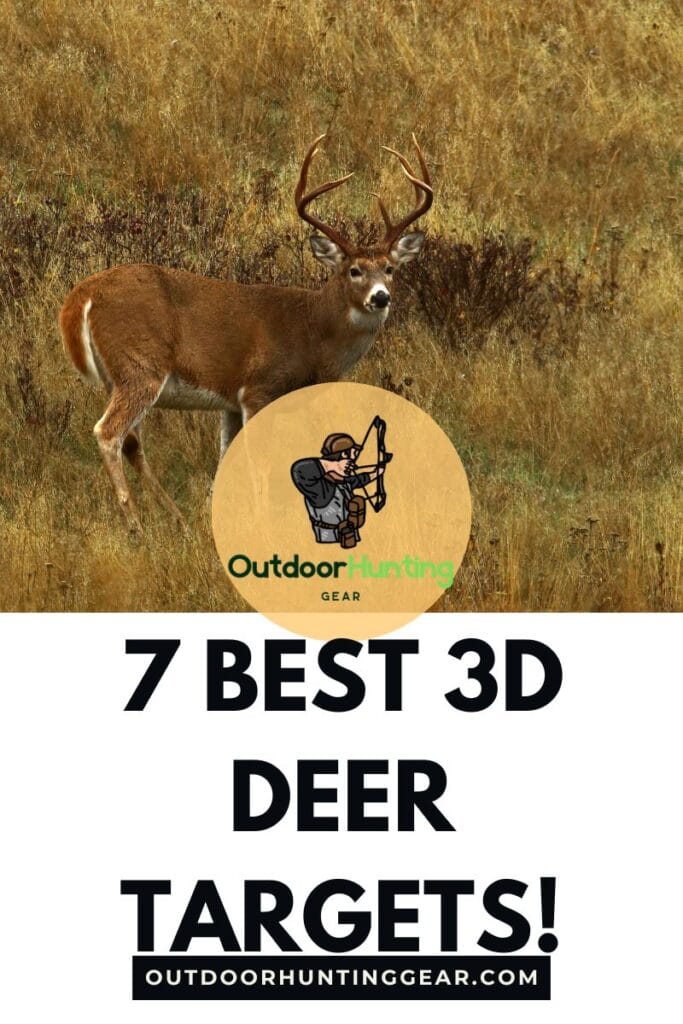




1 thought on “Ultimate Guide to Hog Hunting Gear: Must-Haves and Tips”